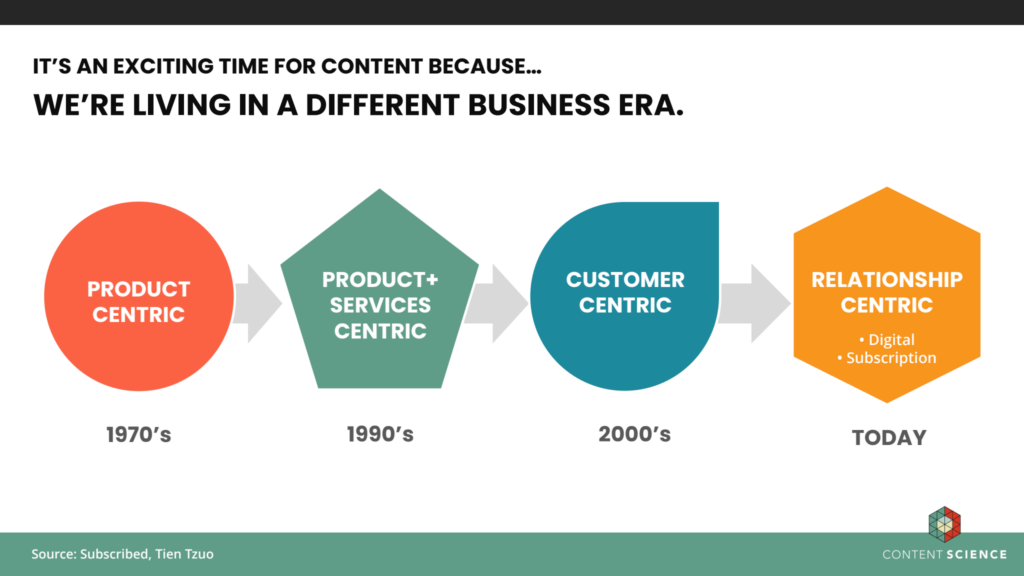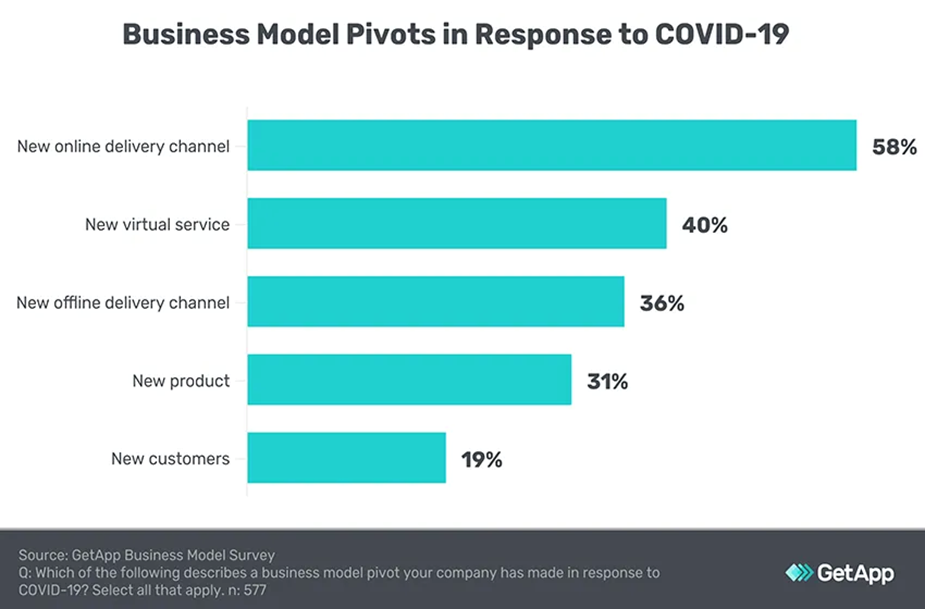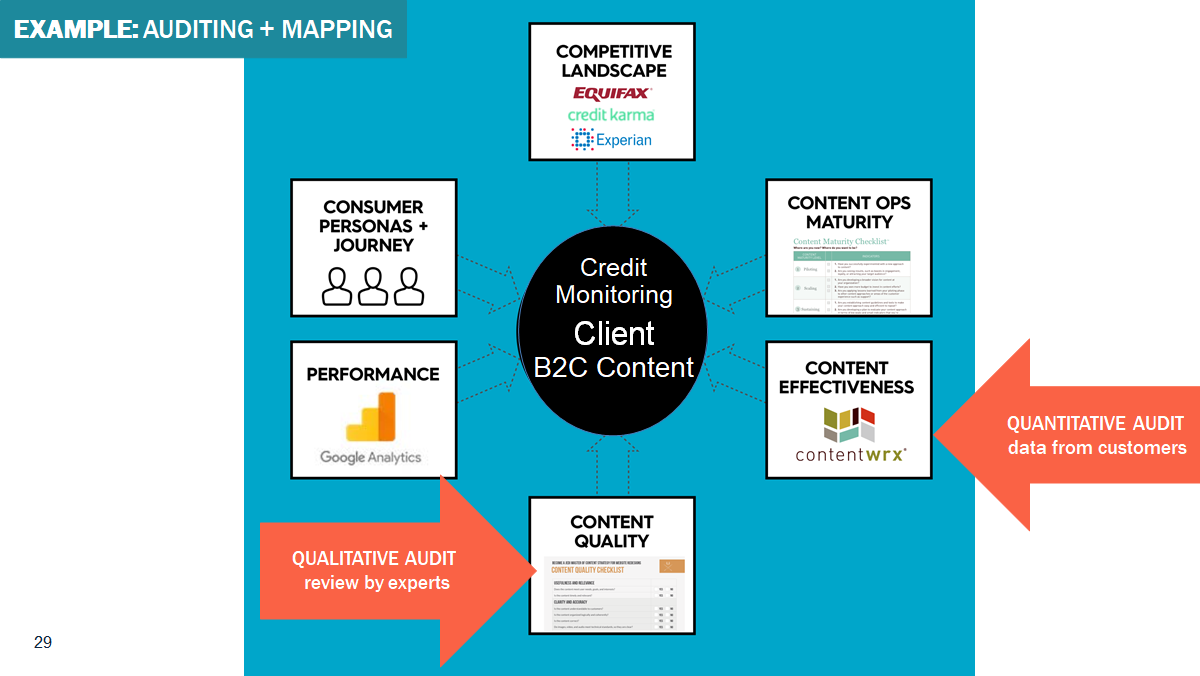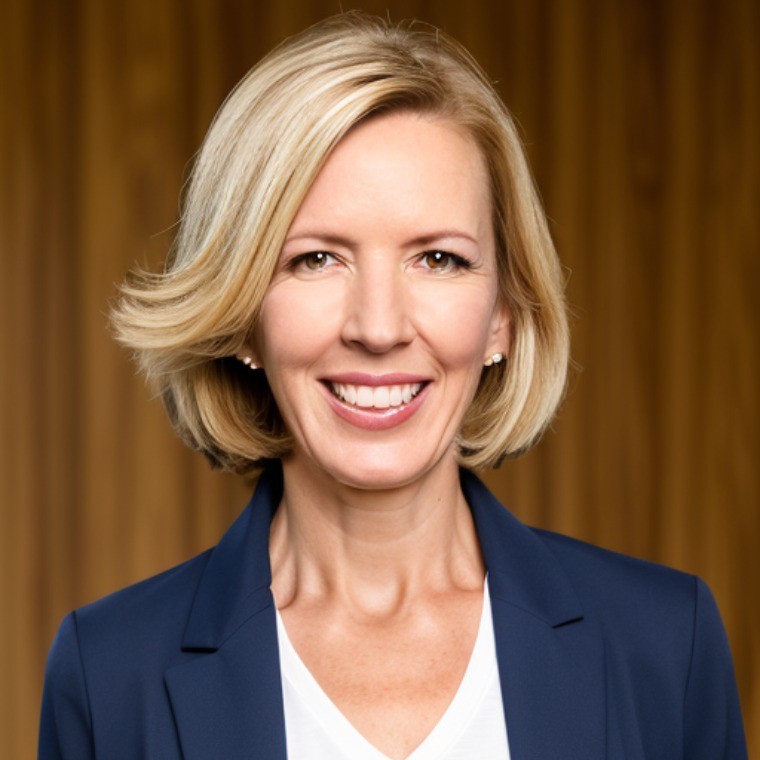
Digital disruption isn’t new. But the pace of it very much is. As we close 2020, digital disruption is reaching unprecedented speed. And that has many implications for content. We really can’t hold on to the old content world.
Let’s break down what the heck is happening and the implications for content—and for your organization.
Digital Disruption Is Accelerating
Today, we are living in a completely different business era. Businesses now depend more and more on long-term relationships that are digital, that involve subscriptions, repeat purchases, and customer loyalty building.
The Path of Digital Disruption
Due to digital disruption, more than half of fortune 500 companies have disappeared since the year 2000.

COVID-19 Has Intensified Digital Disruption
The pandemic has put digital disruption into overdrive. For example, since the first quarter of this year, 92% of small businesses in the U.S. have had to reinvent themselves. A big part of what they’ve had to do is conduct business digitally. Fifty-eight percent of that 92% added an online delivery channel and 40% added a new virtual service.

And, looking beyond small business, NYU marketing professor Scott Galloway has observed that more digital transformation has happened in retail in eight weeks this spring than in the past 10 years combined. And that’s just one industry.

Now, digital disruption has intensified not only in a business’ relationship with customers, but also in its relationship with employees. Since the first quarter of this year, 88% of companies around the world mandated or encouraged remote work. But companies are not equipped. According to Forrester: “Intranets are failing to keep pace with employee needs. Intranets are the least loved of all employee productivity tools.” When communications from leadership are hard to access, critical guidance is hard to find, and the accuracy of older information is in doubt, employees can’t reach peak productivity.
Sustaining Effective Content Gets Complicated
I’ve found that as organizations realize what digitizing their approach to business or operations takes, they become concerned about content volume. They see their challenges through the lens of creating enough content. And that’s understandable.
But, Content Science and I have found that actually is not the case. A lot of organizations don’t have a problem with creating a lot of content. Pumping out a lot of content can be pretty easy. The challenges we see over and over again relate to sustaining effective content, day in and day out.
While there are several dimensions of content effectiveness, two of them are extra complicated right now. And, ironically, they’re the dimensions that might sound the most basic: making content easy to find (discovery) and making content accurate. Content discovery and content accuracy are more challenging today than ever. Let’s look at why.
Reason 1: We’re Competing Against Misinformation
The first reason is much of our content is competing against a tsunami of misinformation. Organizations including Consumer Reports and the FTC have warned of all kinds of scams, inaccurate product information, and problems with services promised related to COVID-19. And fact checking sites like Snopes have been overwhelmed. That obviously makes accurate content harder to find.
But what’s even more concerning is misinformation is a sustained way of attacking trust and truth. It creates frustration, confusion, and chaos. And that makes everything from disease to discrimination spread even faster.
According to Politico and The Aspen Institute’s Worldwide Threat Report attacks on trust in truth and misinformation is the number two worldwide threat because of how it feeds into and accelerates all of the other worldwide threats. We’re competing not just for the survival of our businesses, but for our very humanity.
Reason 2: Privacy Protection Complicates Personalization
The second complication is privacy regulation. As these regulations, understandably, become stricter about collecting and using data about customers, personalization becomes a less viable solution to making relevant content easier to find.
Regulations that protect people’s data make personalizing content delivery and content suggestions more complex to implement. And, if you can’t personalize an experience, the main ways your customers or users can find content are to browse and search. So increased privacy regulation takes one solution for making content easier to find somewhat off the table.
Pioneering a New Content World
Making content findable and accurate sounds easy, but it’s actually a complicated set of challenges. To start overcoming them, we need to start embracing a new content world with three key areas:
- Integrated content strategy
- Systematic content intelligence
- Scalable content operations
1. Integrated content strategy
It’s high time to get strategic not just for a project but for an entire company or organization. Let’s move away from the old world of no strategy around content, characterized by:
- Creating content ad hoc.
- Having many different silos creating their own independent content efforts, often duplicating effort or leaving major gaps.
- Having a lot that’s happening manually because you can’t plan well enough to use things like technology effectively.
- Failing to think through what content makes sense for what customers or what audiences.
We need to move from that world to a world where there’s clear content strategy integrated across business functions and goals. It comes about through activities including but not limited to:
- Auditing content assets
- Mapping content to customer and user journeys
- Exploring different ways and different concepts for delivering content
Let’s look at a quick example.
This is an overview of an analysis Content Science did for a credit monitoring company. As part of this, we did an audit of content effectiveness and content quality. For the effectiveness audit, we focused on getting data from customers. Doing this extensive audit allowed us to bring the story of how this particular company was providing the wrong content at the wrong time for their customers.

For example, experts doing the quality audit observed that links and mentions of a free annual credit report seemed to be hidden. We found that consumers noticed this and were frustrated. One customer said: “It seems like they are more interested in selling their products than in true consumer protection.”
Being able to cite data including that clients were four times more likely to view the client less favorably after interacting with the content, really got the client’s attention. Telling this content story with the support of expertise and data ultimately compelled this company to change and start to usher in the new world of a more strategic approach to content.

2. Systematic content intelligence
Content strategy is great. But it’s hard to develop and execute without data. It’s time to move from the old world where there’s not much data accessible about content and its impact. Or all that’s available are high-level page vanity metrics like pageviews.
McKinsey has found the companies that are thriving despite digital disruption are reviewing data more often and making decisions more quickly. It’s no different for content. We need to move to a new world that’s characterized by:
- Defining what the indicators are that are key and important to you
- Asking questions around these indicators and using data to get answers about whether your content is in fact performing as you’d like for it to perform
- Working on a regular basis, in a systematic way to get insights about how your content is doing, what people think about your content, and what kind of questions they have as a result of interacting with your content
Be sure to invest time up front to assemble and automate reporting focused on the content’s effectiveness and impact. You can use technology and tools to do the grunt work. For example, you can assemble a range of data into a single dashboard to centralize analytics data, providing a repository of information to inform your decision-making.
And, when you regularly evaluate the impact of content, you can prove that your strategy is working. In the Content Advantage, Colleen Jones, founder and CEO of Content Science, conducted research on one question: “Are content teams who evaluate content effectiveness and success more successful than teams that don’t?” As shown in the report below, the answer is a resounding “yes.”

3. Scalable content operations
Without content operations, content strategy is just a nice idea. It’s time to move away from the old world of little to no operations and governance. A style guide isn’t enough. A single writer / editor isn’t enough. A single CMS usually isn’t enough.
We need to move from that situation to a new world where we have solid content capacity. We have the right people in the right roles. We have a center of content excellence with playbooks and templates and a governance committee. And we have content engineering to develop rules, taxonomies, tagging systems, and more to accelerate automation.
Let’s look at how content engineering can make content much easier to find. In this example, content about installing a garbage disposal from Lowe’s is good quality and tagged and structured well, so Google not only puts it at the top position but also features a snippet of the content within the search results.

We also need to let go of the idea that one CMS can do it all. It’s time to embrace the concept of a content technology stack. Today, a range of technologies can augment content management with writing assistance, workflow, quality assurance, and much more. These technologies make sustaining effective content at scale much more realistic, even with smaller teams.
The New Content World Needs You
So we covered a lot of ground in this article. Digital disruption has been happening for a while, but in 2020 it’s accelerating. We face old content challenges at a new scale and at a new level of complexity. And the only way to overcome those challenges is to usher in a new world of content strategy, intelligence, and operations.
There might be several implications you’re pondering. Let’s end with one of the most exciting—you’re needed. Whether you’re a seasoned content leader or new to a content profession, you have talent and skills that are in demand like crazy.
Even more, what’s at stake is not just the success of a marketing campaign or a product or even a business. What’s at stake is the loss of our ability to trust, to make informed decisions, and to have healthy relationships with each other and our environment. What’s at stake is the loss of our humanity. Your mission, as a content professional, is more noble than ever.
Events, Resources, + More
The Ultimate Guide to End-to-End Content
Discover why + how an end-to-end approach is critical in the age of AI with this comprehensive white paper.
The Content Advantage Book
The much-anticipated third edition of the highly rated book by Colleen Jones is available at book retailers worldwide. Learn more!
20 Signs of a Content Problem in a High-Stakes Initiative
Use this white paper to diagnose the problem so you can achieve the right solution faster.
Upskill with Content Science Academy
Training for modern content roles through on-demand certifications + courses or live workshops.






Comments
We invite you to share your perspective in a constructive way. To comment, please sign in or register. Our moderating team will review all comments and may edit them for clarity. Our team also may delete comments that are off-topic or disrespectful. All postings become the property of
Content Science Review.